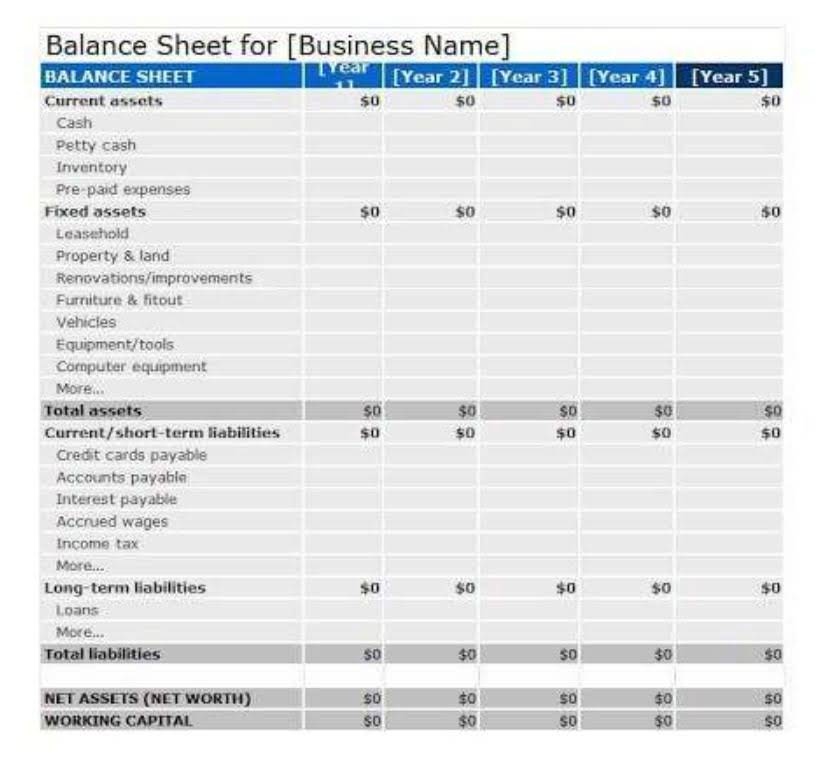How to Calculate Conversion Cost Formula Example

They also help to allocate the costs of goods sold (COGS) and inventory valuation. In accounting, conversion costs represent the money spent on turning raw materials into finished products. This includes wages for workers (direct labor costs) and other production expenses (manufacturing overhead costs). Both are essential components of conversion costs, giving a complete picture of the money spent to transform raw materials into finished products. One of the key concepts in accounting for manufacturing businesses is the cost of conversion.

Marketing Lifecycle Stages: A Comprehensive Guide
Discover sales skills examples and why they are crucial for success in sales. As you assess conversion, you will also want to look at your keywords. Bakery Accounting See how many clicks they have to see if the conversion rate is good enough for your needs. It is important to remember that numerous factors affect your conversions. This is true whether you want to find the cost per sale, cost per person watching a video, cost per website view, or something else. Typically, conversions are more likely if someone already recognizes your brand.
Q4. Why is tracking conversion costs important for businesses?
There are a few important ways in which you can use the information once you know all about conversion cost. A software-as-a-service (SaaS) company offers subscription plans with different features (basic, premium, enterprise). They want to set the right pricing to attract customers while ensuring profitability.
Conversion costs definition
In summary, conversion cost analysis empowers organizations to make informed decisions, optimize processes, and remain competitive in dynamic markets. By understanding the nuances of conversion costs, businesses can enhance their financial performance and achieve sustainable growth. Remember, the key lies not only in calculating these costs but also in interpreting their implications for strategic management. Direct labor costs include the salaries, wages, and benefits paid to employees who work on the finished products. Compensation paid to machinists, painters, or welders is common in calculating prime costs.
- The cost of goods sold is the cost of the goods that were sold during the period, and the ending inventory is the cost of the goods that remain unsold at the end of the period.
- Direct labor costs include the salaries, wages, and benefits paid to employees who work on the finished products.
- This allows the manufacturer to recoup some of the expenses spent in producing the items.
- Identify the direct labor and manufacturing overhead costs for a given period.
- Although it will depend on how you choose to define conversions, most of the time, that term applies to the number of sales made.
Q2. How do conversion costs differ from other types of costs?

Conversion cost accounting is conversion costs the process of tracking and reporting the costs incurred to convert raw materials into finished goods. Conversion costs include direct labor and manufacturing overhead, such as electricity, rent, depreciation, and indirect materials. Conversion costs are important for cost accounting and management because they help to measure the efficiency and profitability of the production process.

Calculate Conversion Costs To Boost Your Manufacturing Business
- While not tied to individual production units, these costs are essential for keeping the production line running smoothly.
- In summary, reducing conversion costs requires a holistic approach that combines technical optimization, strategic marketing, and continuous monitoring.
- For the final assembly of cars, they rented heavy-duty machinery for ₹80,000 and paid ₹50,000 as the electricity bill.
- For example, owners may want to minimize the cost of conversion to maximize profits, while managers may want to increase the cost of conversion to improve quality and customer satisfaction.
Also, various services like production processes, production reports, and others are done smartly with cost-effectiveness. The primary difference between the two is that the formula for conversion costs takes overhead into account. For this reason, it’s a more relevant number for operations managers, who may be looking at ways to reduce the indirect expenses of production. The calculation for conversion costs includes direct labor in addition CARES Act to overhead expenses. The manufacturing sector analyses both prime costs and conversion costs to measure efficiency in the production of a product. In manufacturing sector, the basic production costs can be categorized differently depending on the purpose and use of categorization.
Bookkeeping
Related Items
- style="margin-left:0px;">
- style="margin-left:0px;">
- style="margin-left:0px;">
- style="margin-left:0px;">
- style="margin-left:0px;">
- style="margin-left:0px;">
